Dear Editor:
I have read some articles in your magazine recently. And especially I was deeply impressed with Eric Niderost’s article on the Imjin War and Admiral Yi Sun Shin (“Turtleboat Destiny,”June 2001). As a Korean professor specializing in the Choson period, I would like to say that the article is really excellent. The description of the battle was so vivid. It must be a successful restoration of the events that happened 400 years ago in the Far East. And in the article I could see the superb explanation of the historical situation of those days. Readers can get the essential information about the war, which made three countries—China, Japan, and Korea—experience a rapid change in politics and society at the end of the 16th century. From the phases of battle to the historical background, the writer has succeeded in his depiction. I think the article must be one of the most valuable writings on the war in the English language. I want to recommend the article to all who need good teaching material on the medieval history of Asia.
Yoon Yongchul
Pusan National University
Pusan, Korea
Goths versus Romans
Dear Mr. Dyck:
I read your article in the June 2001 issue (“The Terror of the Goths”). I though it was very interesting, however, I have a question. In one part of the article on the Battle of Adrianople you mentioned how the Roman army was hemmed in by cavalry in the rear and the Gothic infantry in the front. Since the Roman infantry had spears, I was wondering why it was not possible for them to drive off the enemy cavalry by hurling their lances at them. It seems, from the article, that they chose to cower or shrink back from it, thus causing themselves to be hemmed in.
Alan Brooks
Brooklyn, New York
Glad you enjoyed the article, Alan. The answer to your question involves delving a bit further into infantry versus cavalry combat at Adrianople. On its flanks and rear, the Roman infantry probably formed shield walls to keep the encircling Goth cavalry at bay. Volleys of Roman javelins might have driven the Goth cavalry away, but only temporarily. The Goth cavalry could return at will, skirmishing along the lines, engaging the Roman infantry with their long lances, ready to ride down any Roman units foolish enough to leave the protection of the shield wall. At the same time, however, the Goth infantry was pressing the Roman front lines back upon those of the rear. Only when the Roman infantry finally broke in panic did they become easy prey to the Goth cavalry.
Ludwig H. Dyck
Guadalcanal
Editor, Military Heritage:
Yes, the battle for Guadalcanal was very significant, as you state (June 2001). This battle was an American multiservice effort on land, sea, and in the air. The Japanese took losses in pilots and aircrew as well as loss of airplanes, fighters, and bombers trying to attack the American forces. This was all attempted with airstrikes from Japanese air bases at long distances. Long distances meant short times over the target considering the fuel needed for the flight back. It also meant that any plane damage was likely to be fatal for the crew and a likely loss of the plane on the attempt to return to base. Only later did the Japanese attempt to build air bases farther down the Solomon chain. A decisive defeat for Japan, perhaps not so much in territory yielded (just one island of many) but for the damage and losses to their air arm. Experienced pilots and aircrew were foolishly wasted.
Regarding advance bases, I would draw your attention to another aspect of Guadalcanal described by an article on the Web at the following location: http://www.seabeecook. com/ history/canal/cactus.htm. It describes the Navy Seabees and their contribution to Guadalcanal. The American Navy had properly planned for the need to construct air bases and shore facilities of all kinds. The Seabees along with the Marine aviation engineers and, later, the Army engineers, did the job on Guadalcanal. They continued their contributions throughout the Pacific and in the European theater.
Larry G. DeVries
Capt., Civil Engineer Corps, USNR (Ret.)
Eden Prairie, Minnesota
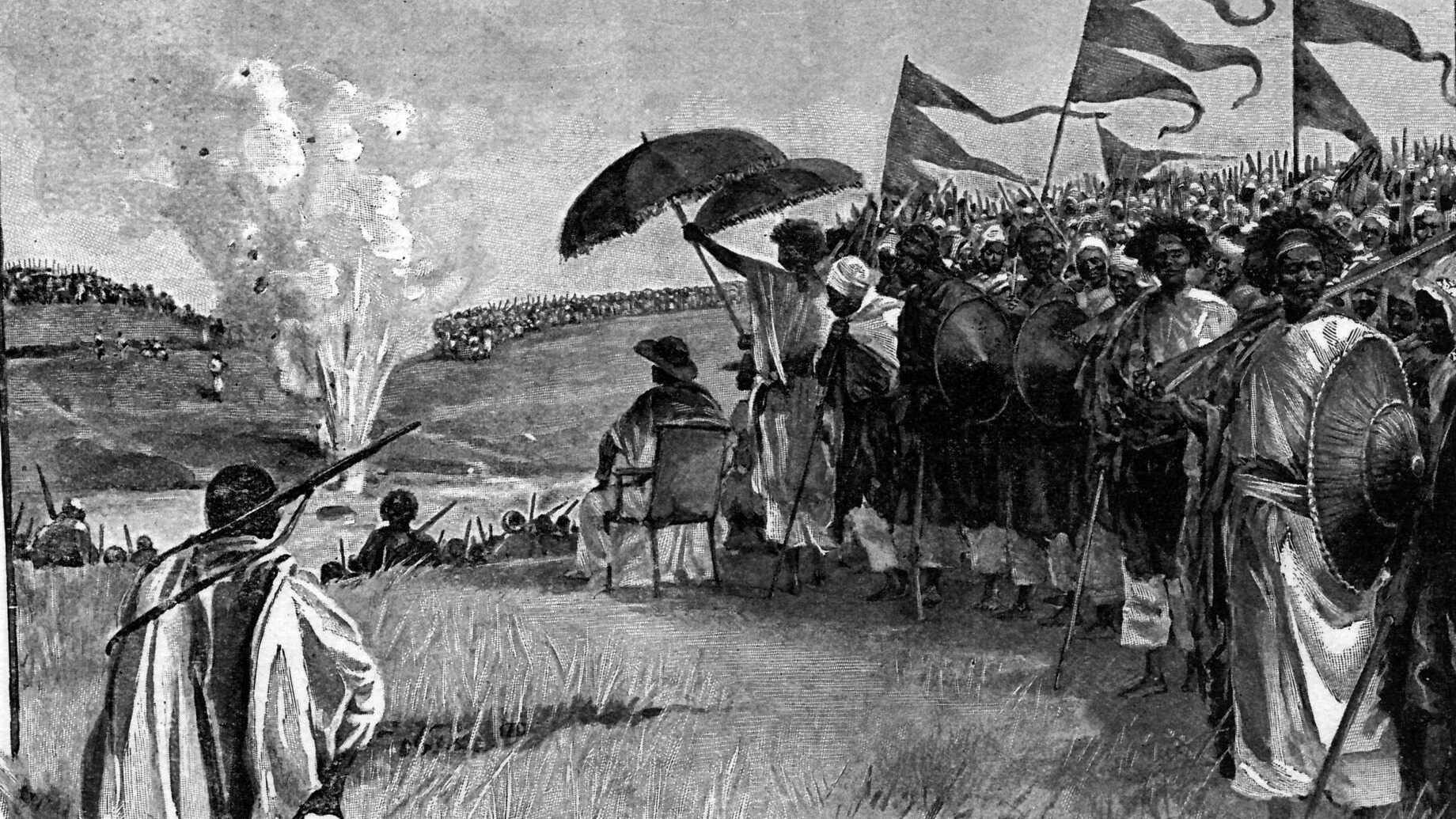
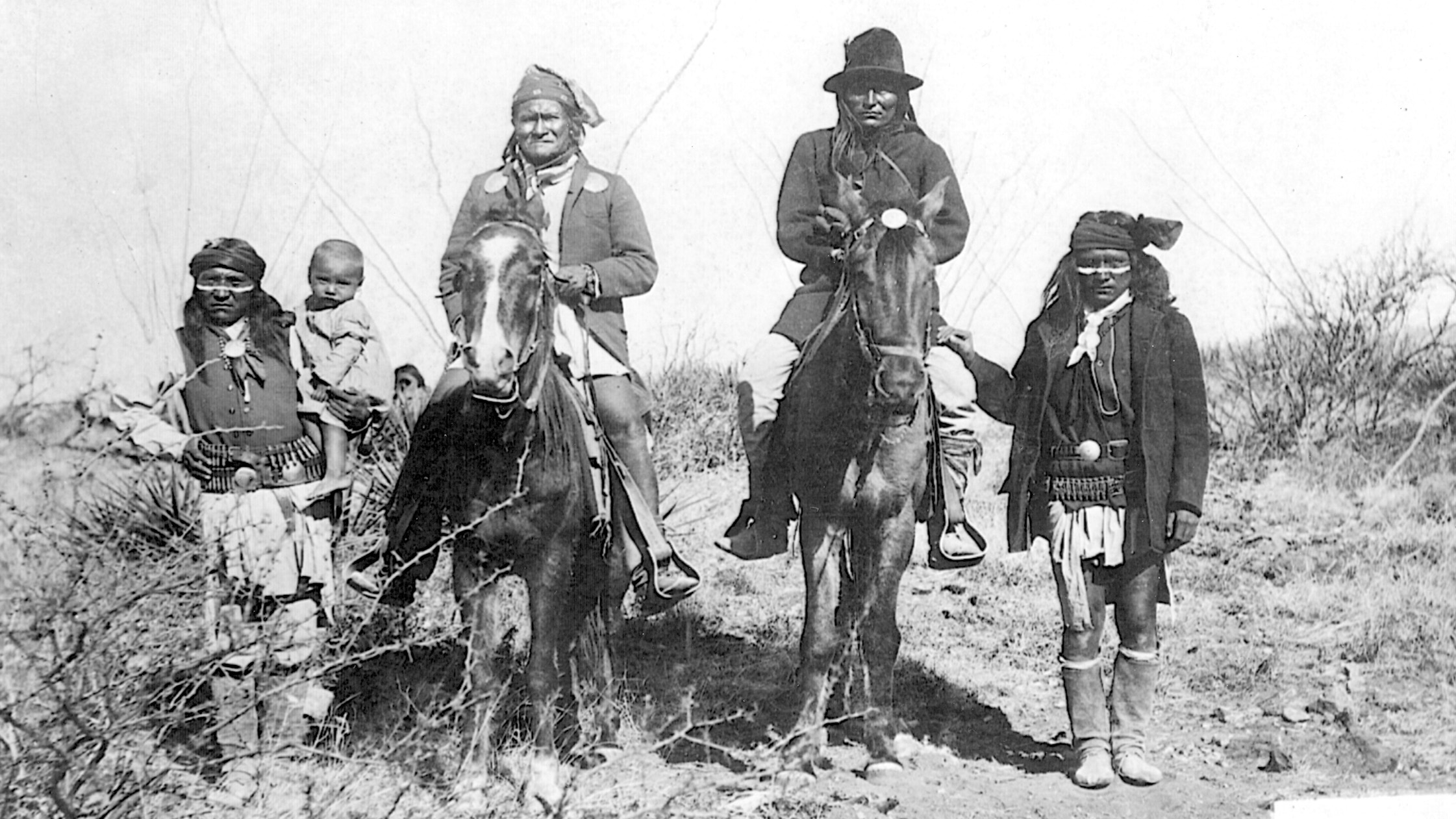
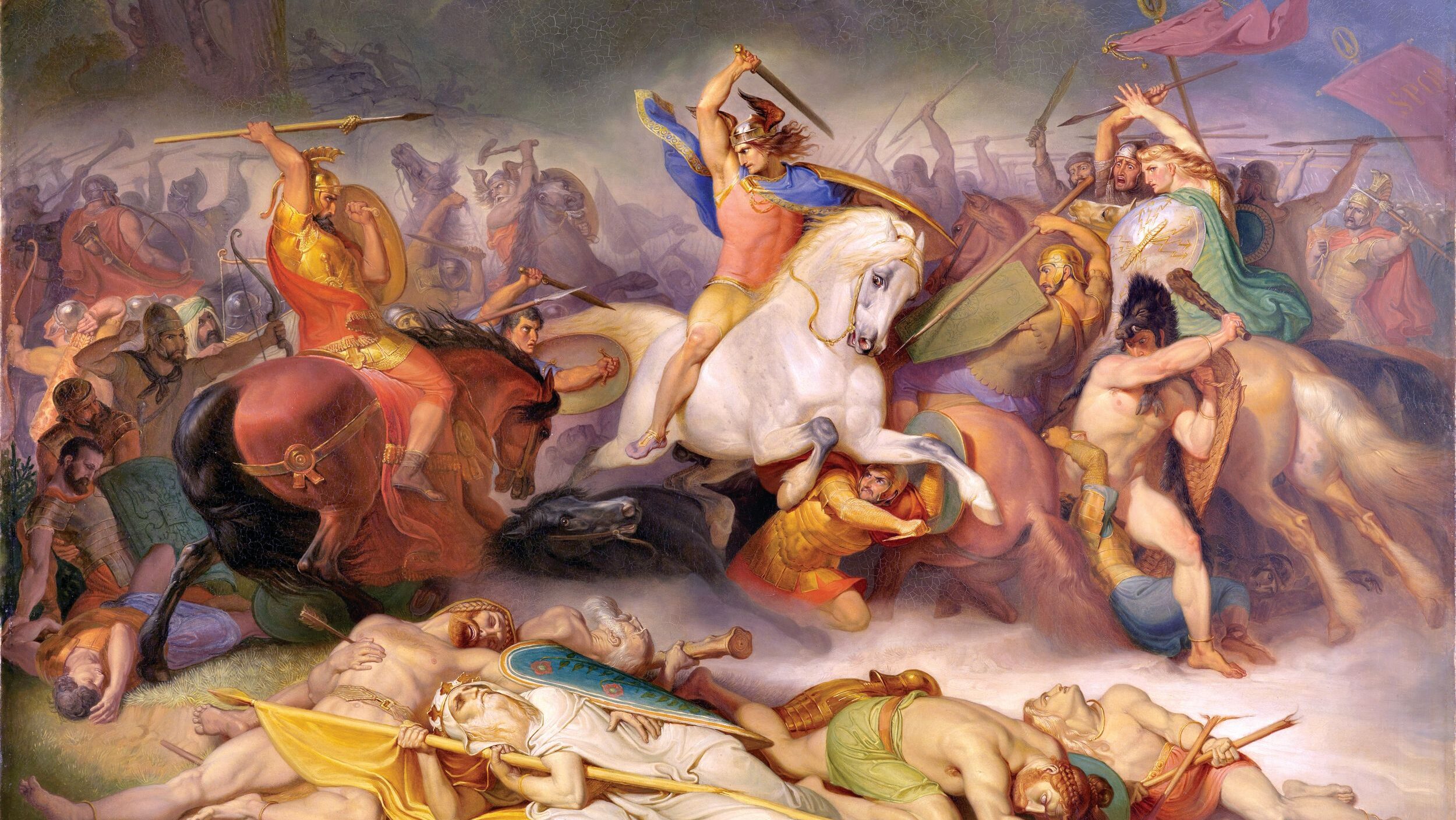
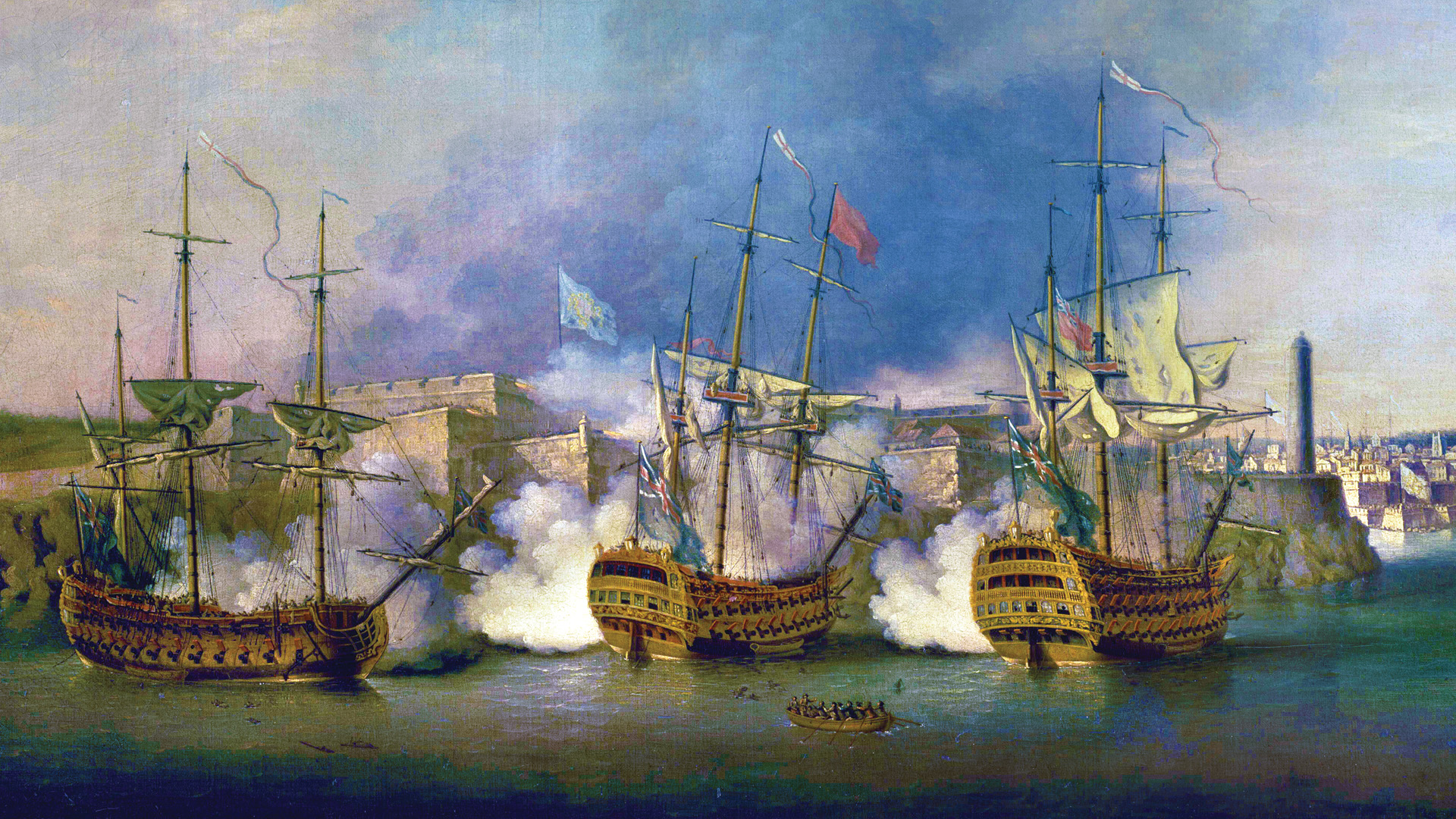
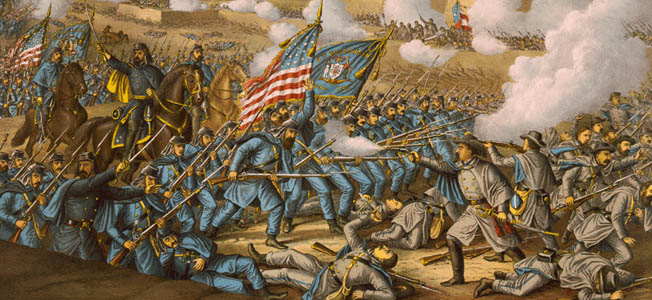
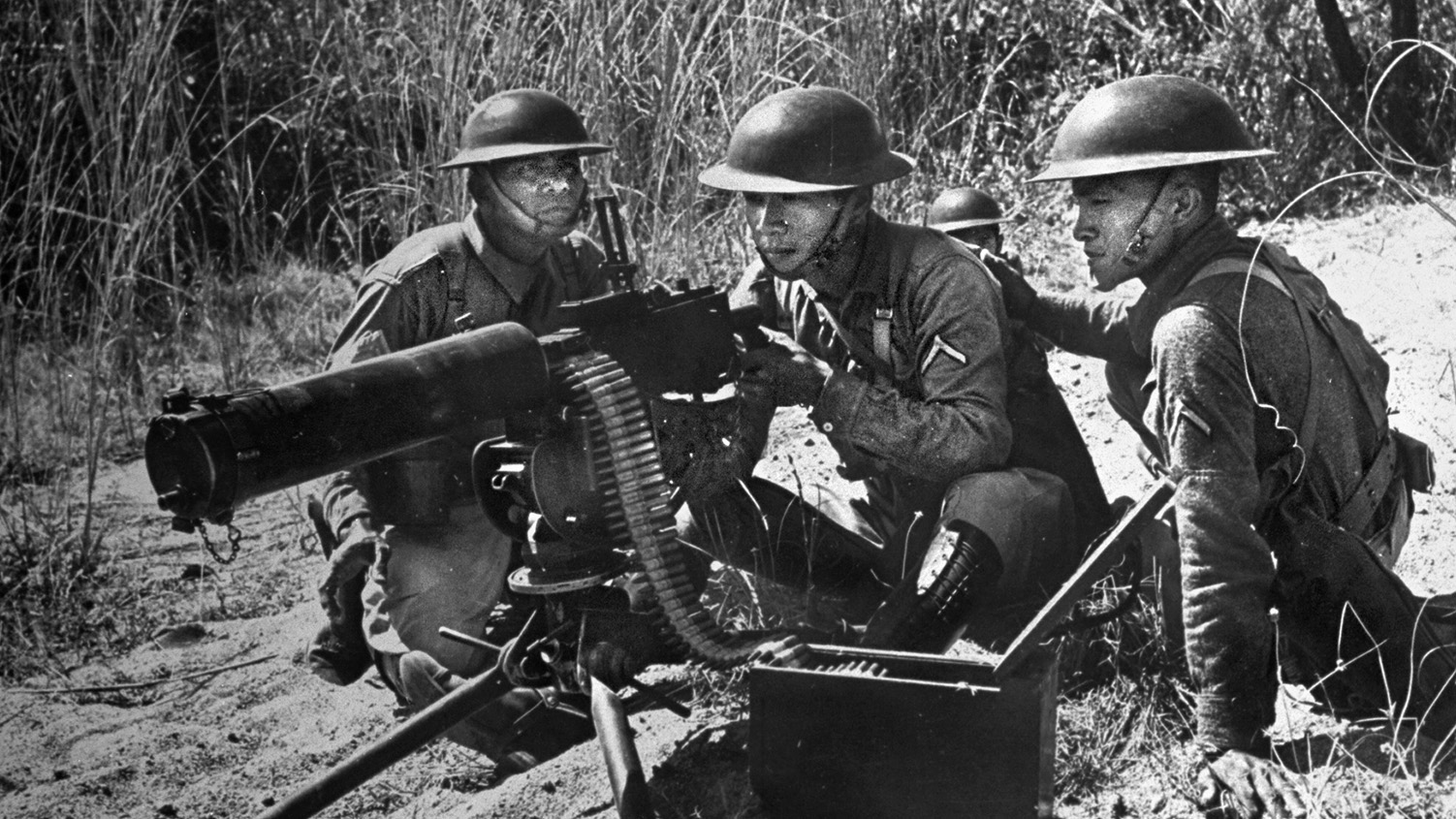
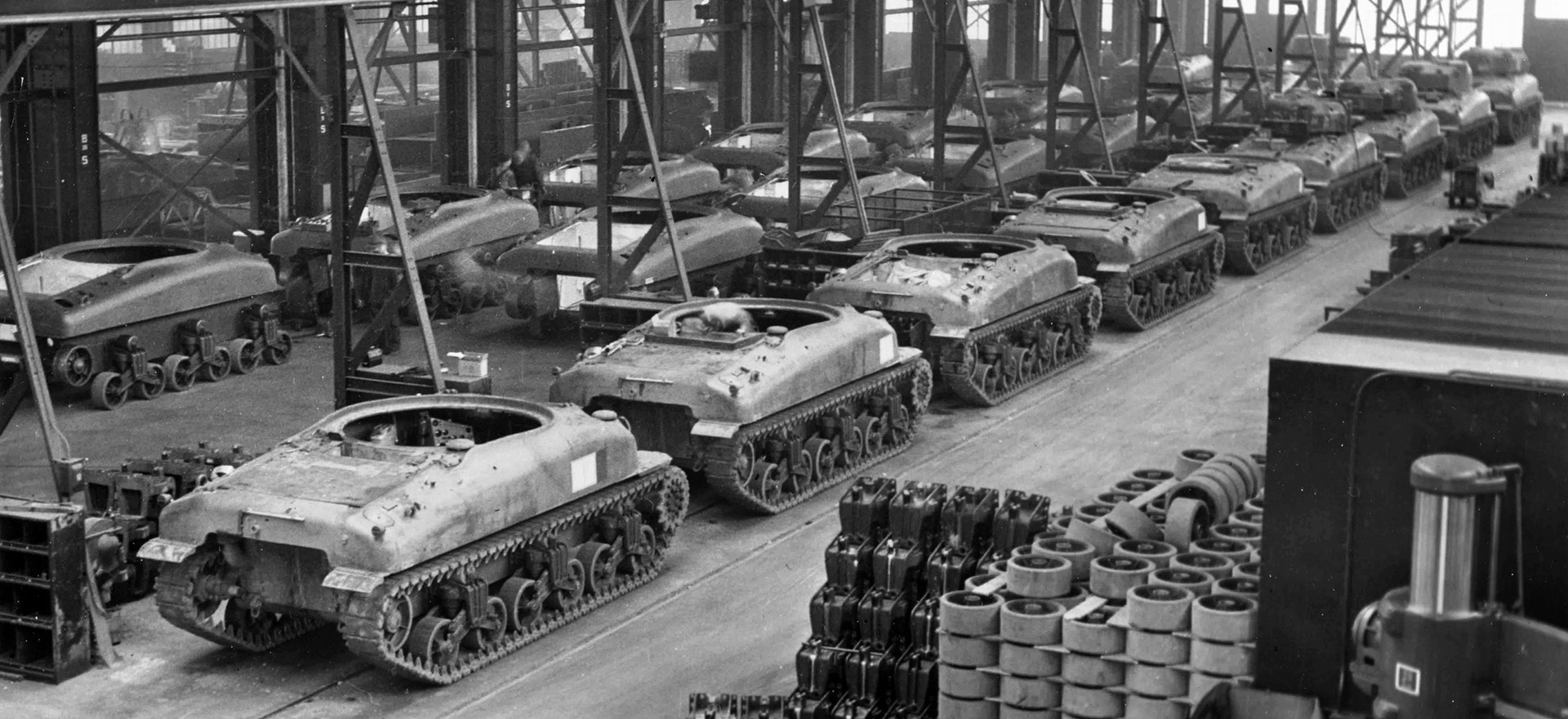
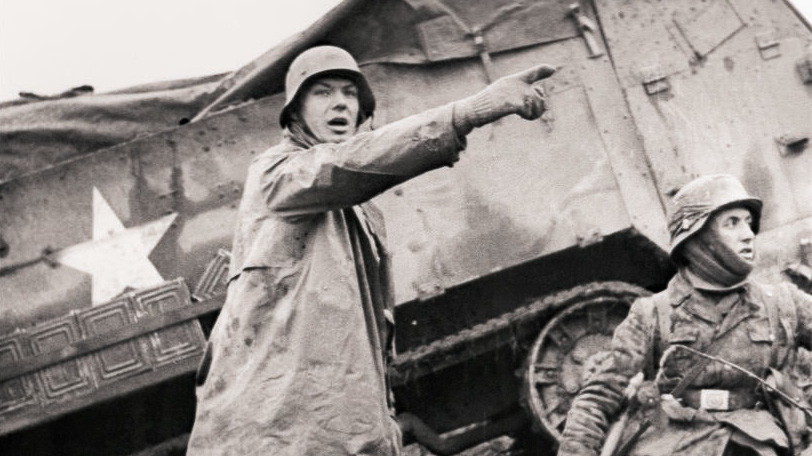
Join The Conversation
Comments
View All Comments